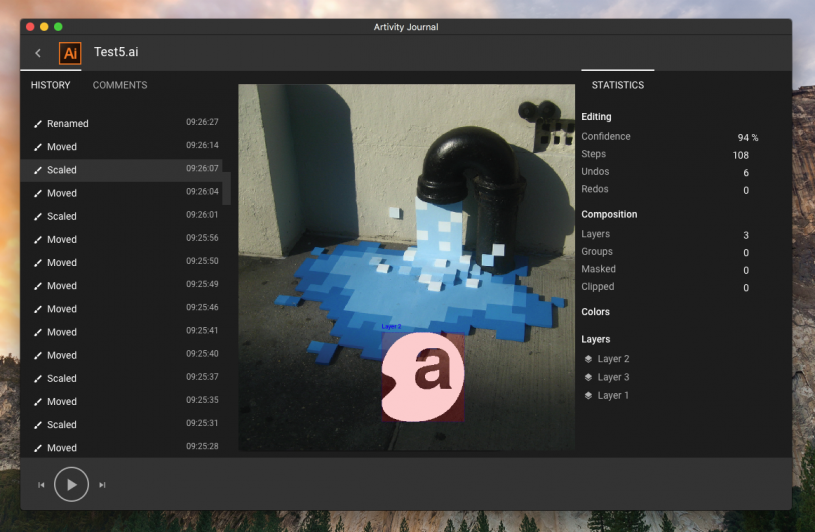Nominees

Understanding the techniques of artists is an essential part of studying art and art history. The process of creating an artwork is often more valueable than the artwork itself. In traditional art historical discourses, art forms such as painting, sculpture and printmaking, can be studied by technically examining the artwork for evidence of technique. In digital art, this evidence are often lost as soon as the editing session on a piece of software ends.
Artivity [1] can document the creation process of digital artwork. This is critical for attributing art which is increasingly shared online, but also for interpreting individual artworks and their context within a given social and technical environment. It is a long term self archiving tool which does not intefere with an artists practice. The detailed documentation which is provided by Artivity can also be useful in commercial scenarios where it makes the work that has gone into a document transparent for customers and co-workers. The Artivity open source software is developed by Semiodesk GmbH in partnership with the University of the Arts, London. The project was initiated by Dr. Athanasis Velios at the Ligatus Research Centre. It is funded by JISC since March 2015.
